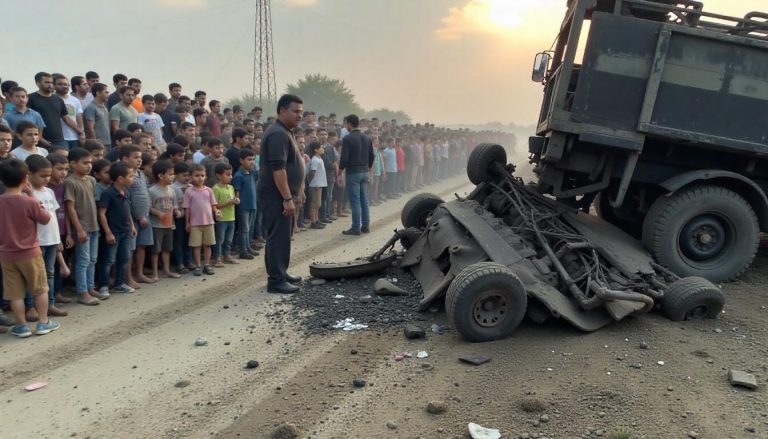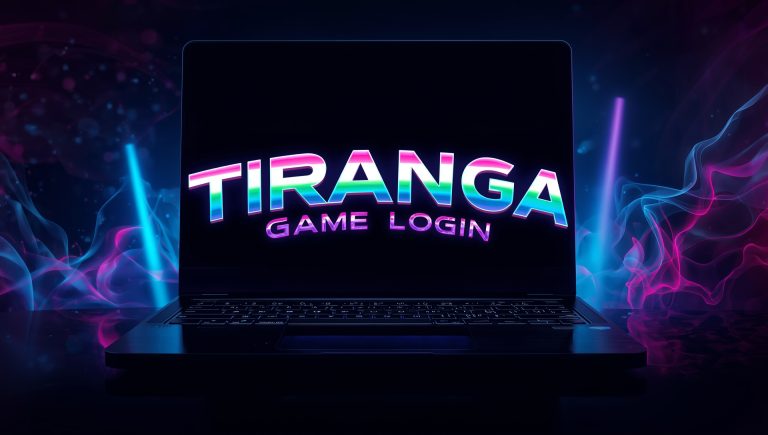
Table of Contents

The ‘Rail Roko’ protest in Punjab has once again brought the state into the national spotlight. This method of civil resistance, where railways are blocked to demand action or attention to pressing issues, has been a recurring form of protest in India. The recent events in Punjab highlight not just the power of peaceful dissent but also the challenges it poses to governance, connectivity, and public sentiment.
In this blog, we’ll delve into the causes, impact, and significance of the Punjab ‘Rail Roko’ protest, examining how it has resonated across the country and why it remains a potent tool for social and political change.
The Context Behind Punjab’s ‘Rail Roko’ Protest
The ‘Rail Roko’ agitation in Punjab has roots in a complex mix of economic, social, and political issues. Farmers, labor unions, and activists have historically used this form of protest to draw attention to their demands.
Key Triggers for the Recent Protest
- Farmers’ Unrest
Farmers in Punjab have been vocal about issues such as minimum support prices (MSP), procurement policies, and delays in payment for their produce. The latest protest aligns with their ongoing demand for guaranteed MSP and debt relief. - Unresolved Labor Concerns
Labor unions have also joined the movement, protesting against privatization and inadequate wages in the railway sector. - Political Dynamics
With elections around the corner, political parties have been accused of either fueling or sidelining the protests, depending on their stance.
Why ‘Rail Roko’? The Power of Disruption
The Indian Railways is often called the lifeline of the nation, transporting millions of passengers and tons of goods daily. By halting trains, protesters aim to:
- Gain Attention: Railway blockades disrupt essential services, compelling authorities to address grievances.
- Show Unity: Large-scale participation demonstrates solidarity among diverse groups.
- Highlight Urgency: The economic impact of halting railways underscores the seriousness of their demands.
While effective in raising awareness, such protests come with significant costs, both economically and socially.
Impact of the Protest
1. Economic Disruptions
- Supply Chain Blockages: The halt of goods trains has disrupted supply chains, particularly for essential commodities like grains and fertilizers.
- Revenue Losses: The Indian Railways incurs significant revenue losses during such protests, impacting national finances.
2. Public Inconvenience
- Thousands of passengers faced delays and cancellations, causing frustration and logistical challenges.
- Students, job seekers, and medical patients were particularly affected, as their travel plans were derailed.
3. Political Repercussions
- The protest has put immense pressure on the government to negotiate and find solutions.
- Opposition parties have leveraged the unrest to criticize the ruling government’s policies.
Public Sentiment: Divided Opinions
The ‘Rail Roko’ protest has sparked mixed reactions among the public:
- Supporters: Many view the protest as a legitimate way to voice concerns in a democracy. They argue that disruptions are necessary to compel authorities to take action.
- Critics: Others see it as an inconvenience that disproportionately affects ordinary citizens rather than policymakers.
Historical Significance of ‘Rail Roko’ in Punjab
Punjab has a rich history of ‘Rail Roko’ protests, particularly linked to farmers’ movements. From opposing colonial policies during the British era to modern-day demands for agricultural reforms, rail blockades have been a consistent strategy for the state’s agitators.
The method’s enduring relevance lies in its ability to:
- Draw national and international attention.
- Unify diverse groups under a common cause.
- Highlight systemic issues that need urgent resolution.
Government Response: Steps Taken and Challenges Ahead
Immediate Actions
- Dialogue Initiatives: The government has initiated talks with protest leaders to address their concerns.
- Security Measures: Police and railway officials have been deployed to ensure law and order.
Long-Term Solutions
- Policy Reforms: Ensuring MSP guarantees, resolving labor disputes, and addressing regional grievances.
- Legal Measures: Balancing the right to protest with minimizing public inconvenience.
Lessons from the Protest
- The Power of Unity
The ‘Rail Roko’ protest underscores the strength of collective action in a democracy. When people unite for a cause, they can demand accountability from the system. - Need for Constructive Dialogue
Protests often highlight the lack of effective communication between stakeholders. Building robust mechanisms for grievance redressal can prevent such disruptions in the future. - Balancing Rights and Responsibilities
While protests are a democratic right, ensuring they do not disproportionately harm the public is crucial.
Conclusion: A Call for Resolution
The Punjab ‘Rail Roko’ protest is a testament to the resilience and determination of the state’s people. While the disruptions it causes are undeniable, the protest reflects deeper issues that need immediate attention.
As the nation watches, the onus lies on both the government and the protesters to find a resolution that upholds democratic values while addressing the pressing concerns of the people. After all, the true power of democracy lies in constructive dialogue and meaningful action.
This protest serves as a reminder that when the people roar, their voices cannot be ignored. Will this agitation lead to transformative change? Only time will tell.

For more stories: “Canada Standing Up: Ensuring Safety and Justice for Overseas Students in Light of the Recent Events”




